Nationality Irish Books Titanic survivor Role Nurse | Name Violet Jessop Occupation Stewardess, nurse | |
 | ||
Parent(s) William and Katherine (Kelly) Jessop Died May 5, 1971, Great Ashfield, United Kingdom | ||
Titanic survivor violet jessop titanic survivor stories
Violet Constance Jessop (2 October 1887 – 5 May 1971) was an ocean liner stewardess and nurse who is known for surviving the disastrous sinkings of both the RMS Titanic and her sister ship, the HMHS Britannic, in 1912 and 1916 respectively. In addition, she had been on board the RMS Olympic, the eldest of the three sister ships, when it collided with a British warship in 1911.
Contents
- Titanic survivor violet jessop titanic survivor stories
- The life and death of violet jessop
- Early life
- Olympic
- Titanic
- Britannic
- Later life
- In popular culture
- References
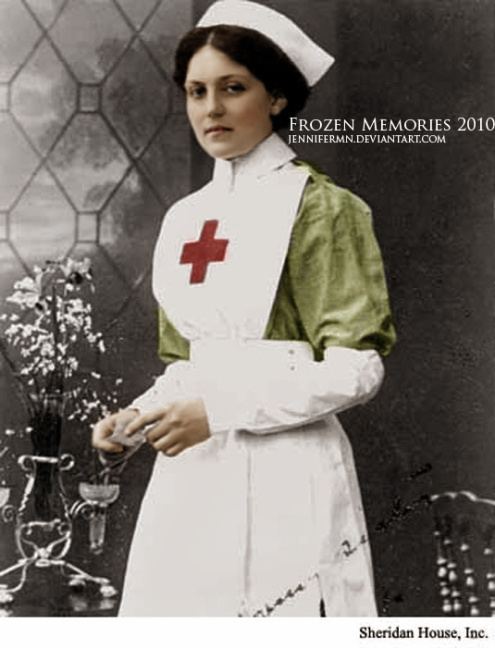
The life and death of violet jessop
Early life
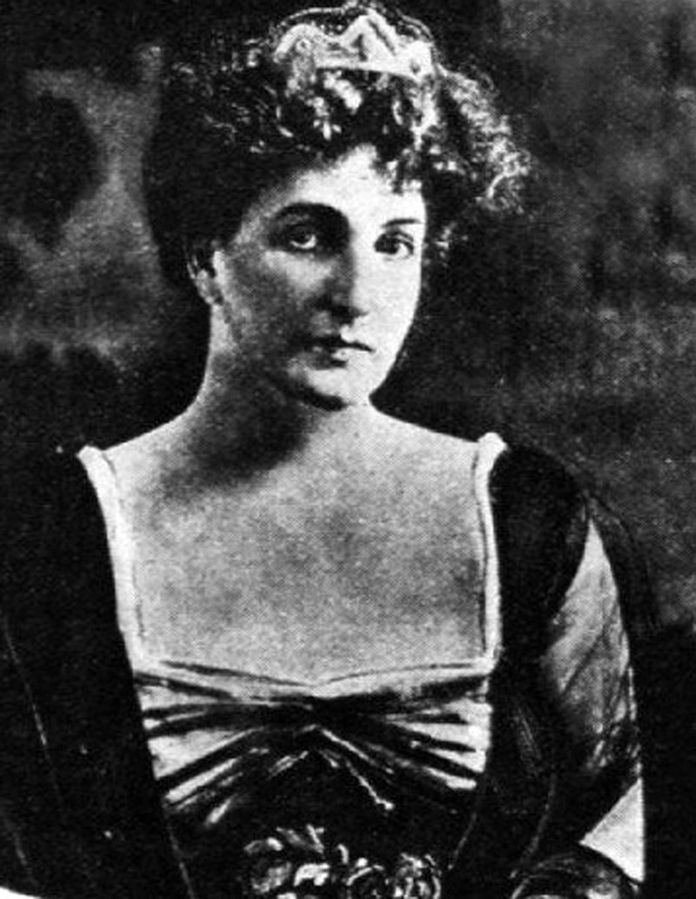
Born on 2 October 1887, near Bahía Blanca, Argentina, Violet Constance Jessop was the eldest daughter of Irish immigrants, William and Katherine Jessop. She was the first of nine children, six of whom survived. Jessop spent much of her childhood caring for her younger siblings. She became very ill as a child with what is presumed to have been tuberculosis, which she survived despite doctors' predictions that her illness would be fatal. At age 16, Jessop's father died due to complications from surgery and her family moved to England, where she attended a convent school and cared for her youngest sister while her mother was away at sea working as a stewardess. When her mother became ill, Jessop left school and, following in her mother's footsteps, applied to be a stewardess. Jessop had to dress down to make herself less attractive in order to be hired. At age 21, her first stewardess position was with the Royal Mail Line aboard the Orinoco in 1908.
Olympic
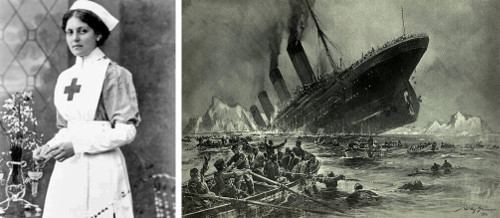
In 1910, Jessop started working as a stewardess for the White Star vessel, RMS Olympic. The Olympic was a luxury ship that was the largest civilian liner at that time. Jessop was on board on 20 September 1911, when the Olympic left from Southampton and collided with the British warship, HMS Hawke. There were no fatalities and despite damage, the ship was able to make it back to port without sinking. Jessop chose not to discuss this collision in her memoirs.
Titanic

Jessop boarded the RMS Titanic as a stewardess on 10 April 1912, at age 24. Four days later, on 14 April, it struck an iceberg in the North Atlantic, where Titanic sank a little more than two hours after the collision. Jessop described in her memoirs how she was ordered up on deck, because she was to function as an example of how to behave for the non-English speakers who could not follow the instructions given to them. She watched as the crew loaded the lifeboats. She was later ordered into lifeboat 16, and, as the boat was being lowered, one of the Titanic's officers gave her a baby to look after. The next morning, Jessop and the rest of the survivors were rescued by the RMS Carpathia. According to Jessop, while on board the Carpathia, a woman, presumably the baby's mother, grabbed the baby she was holding and ran off with it without saying a word.
Britannic
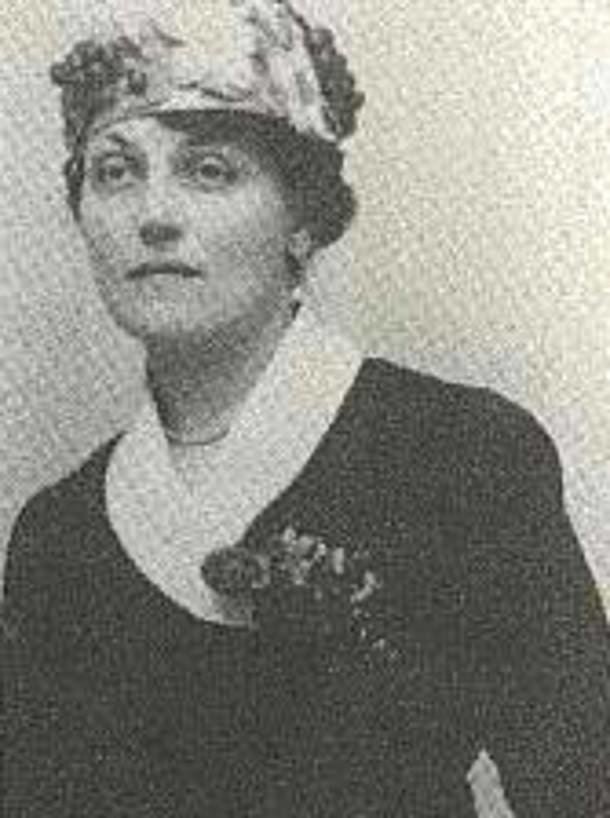
During the First World War, Jessop served as a stewardess for the British Red Cross. On the morning of 21 November 1916, she was on board the HMHS Britannic, a White Star liner that had been converted into a hospital ship, when it sank in the Aegean Sea due to an unexplained explosion. The Britannic sank within 57 minutes, killing 30 people. British authorities hypothesized that the ship was either struck by a torpedo or hit a mine planted by German forces. Conspiracy theories have even circulated that suggest the British were responsible for sinking their own ship. Scientists have been unable to reach definitive conclusions as to the true cause.
While the Britannic was sinking, Jessop and other passengers were nearly killed by the boat's propellers that were sucking lifeboats under the stern. Jessop had to jump out of her lifeboat and received a traumatic head injury, but survived despite her injuries. In her memoirs, she described the scene she witnessed as the Britannic went under: "The white pride of the ocean's medical world ... dipped her head a little, then a little lower and still lower. All the deck machinery fell into the sea like a child's toys. Then she took a fearful plunge, her stern rearing hundreds of feet into the air until with a final roar, she disappeared into the depths."

Jessop returned to work for the White Star Line in 1920.
Later life
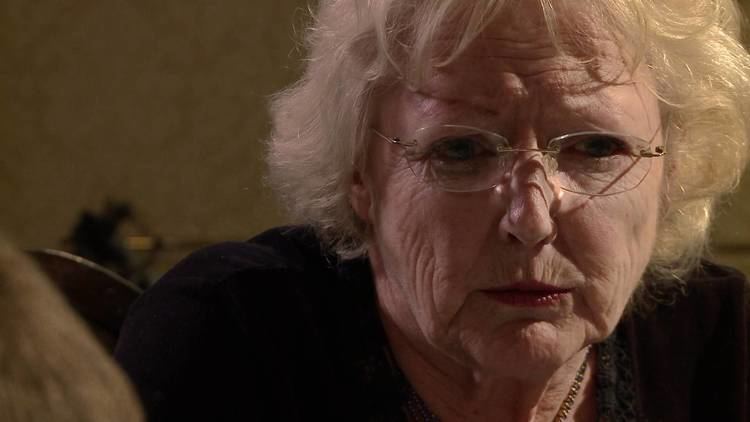
After the war, Jessop continued to work for the White Star Line, before joining the Red Star Line and then the Royal Mail Line again. During her tenure with Red Star, Jessop went on two around the world cruises on that company's largest ship, the Belgenland. In her late thirties, Jessop had a brief marriage, and in 1950 she retired to Great Ashfield, Suffolk. Years after her retirement, Jessop claimed to have received a telephone call, on a stormy night, from a woman who asked Jessop if she saved a baby on the night that the Titanic sank. "Yes," Jessop replied. The voice then said "I was that baby," laughed, and hung up. Her friend and biographer John Maxtone-Graham said it was most likely some children in the village playing a joke on her. She replied, "No, John, I had never told that story to anyone before I told you now." Records indicate that the only baby on boat 16 was Assad Thomas, who was handed to Edwina Troutt, and later reunited with his mother on the Carpathia.
Jessop, often winkingly called "Miss Unsinkable", died of congestive heart failure in 1971 at the age 83.
In popular culture
In the 1958 film A Night To Remember, a scene depicts naval architect Thomas Andrews (Michael Goodliffe) instructing a stewardess to be seen wearing her lifebelt as an example to the other passengers. Many scenes from this film inspired similar and in some cases almost dialogue-identical scenes in James Cameron's later 1997 blockbuster Titanic, including a similar scene between Andrews and a stewardess named Lucy. She can also be seen earlier in this film, setting things up in the background of first-class passenger Rose DeWitt Bukater's suite.
In Britannic, a TV movie made in the year 2000, the main character is Vera Campbell, played by (Amanda Ryan), a woman apprehensive about travelling on the Britannic due to surviving the sinking of the Titanic four years earlier. This character background is almost certainly lifted from the real-life Jessop, who survived both sinkings.
In 2006, 'Shadow Divers' John Chatterton and Richie Kohler lead an expedition to dive HMHS Britannic. The dive team needed to accomplish a number of tasks including reviewing the expansion joints. The team were looking for evidence that would change the thinking on RMS Titanic's sinking. During the expedition, Rosemary E. Lunn played the role of Violet Jessop, re-enacting her jumping into the water, from her lifeboat which was being drawn into Britannic's still turning propellers.
The character of Jessop is also featured in the stage play Iceberg – Right Ahead! by Chris Burgess, staged for the first time Upstairs at the Gatehouse in Highgate to commemorate the centenary of the sinking of Titanic. It was billed as 'A dramatic account of the last twelve hours in the life of an 'unsinkable ship'. From the calm afternoon of 14 April 1912 to the rescue by RMS Carpathia on the morning of 15 April'. Jessop's role was played by Amy-Joyce Hastings.
